
5 things you should avoid doing as an artist
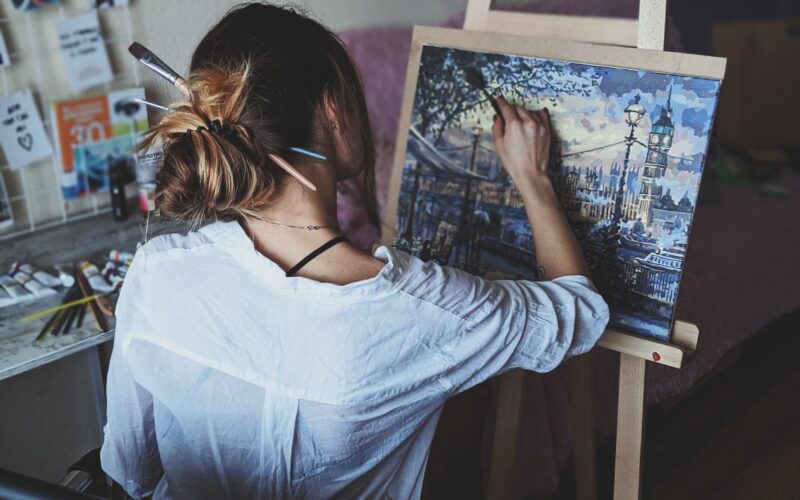

Have you ever found yourself wondering why some artists achieve remarkable success while others seem to be caught in a never-ending struggle? It’s a common question, and it’s likely that you’ve pondered on it at some point in your journey.
In the world of art, where creativity knows no boundaries, it’s easy to get lost in the noise. We all start with a burning passion to express ourselves, to create something unique, and to leave a mark on the world. But as we tread this path, we encounter traps that can stifle our progress and dampen our spirit.
But it’s okay, even those artists who manage to reach great heights in their careers may not necessarily be born with exceptional talent or rely on complex strategies. Instead, they’ve discovered the art of steering clear of specific stumbling blocks that can hinder progress. These are not complicated or fancy ideas; they are some principles that have the potential to make a profound impact on your journey.
Becoming a successful artist is not about having some sort of magical gift or knowing a bunch of difficult methods. It’s more about understanding the things that could trip you up and finding ways to avoid them. These concepts aren’t difficult to grasp; they are simple, yet they hold the key to transforming your path as an artist.
Today, we’ll talk about five things you can avoid as an artist to boost your chances of having a successful art career. These are basic but important ideas that can make your journey as an artist better. Let’s dive in and find out how dodging these common mistakes can set you up for a unique and thriving career as an artist.
5 things to avoid doing as an artist
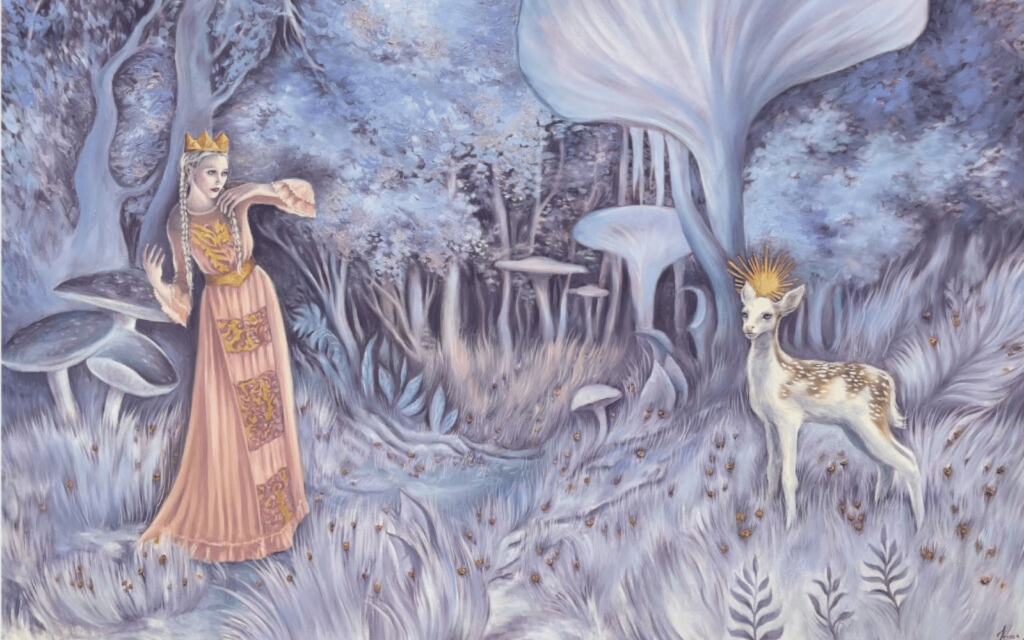
No. 1 Avoid comparing yourself to other artists online
One common pitfall artists should steer clear of is comparing themselves to other artists they see online. This can go in two directions: it can either put a damper on your creative spirit or steal away the joy you find in making art.
Every artist has their unique journey in the art world, filled with ups and downs. What we usually see online are the ups, the polished and beautiful artworks. But remember, each artist is at a different point in their career, and success isn’t a one-size-fits-all deal.

Instead of fretting about how you measure up against someone else, channel that energy into comparing your recent work with pieces you created in the past – six months ago, a year ago, or even five years ago. Ask yourself, have you improved and grown as an artist? That’s what truly counts.
The golden rule is to compare yourself only to your former self. And when you stumble upon another artist’s work, take a moment, breathe, and appreciate it for what it is. Let it serve as an inspiration to push your own creative boundaries, rather than letting it create anxiety and hinder your progress.
No. 2 Avoid scrapping unfinished work
One habit that many artists tend to fall into is the practice of discarding unfinished work. Some might think it’s a healthy choice, but as you’ll gain more experience as an artist, you’ll lize just how detrimental it can be.
It’s perfectly fine to start over if you feel your sketch is a bit wonky or needs a fresh beginning. However, if you’ve already invested a considerable amount of time and effort into a piece, it’s essential to see it through to completion. Completing your work teaches you resilience and sharpens your problem-solving skills as an artist.
By committing to finishing all your projects, you’ll discover how to overcome most creative blocks. This process can boost your confidence in your work and show you that not everything needs to be perfect. Sometimes, “done” is better than “great,” and more often than not, an art piece is not as lost as it may seem. When you’re feeling lost, it’s merely that you can’t see the clear ending yet. The best way to find that ending is to keep taking small steps forward.


If you’re someone who’s often tempted to discard unfinished work, a good strategy is to plan your pieces in advance. Always start with a sketch and decide on basic colors. Keep inspirational images on hand. When you have a roadmap in place before you begin, you’re less likely to feel lost during the creative process.
If the urge to toss aside unfinished work persists, try setting a timer for 20-50 minutes, and promise yourself that you’ll wrap up the piece within that time frame. Remember, not everything you create needs to be shown to others. Keeping some work to yourself can be a healthy practice, allowing you the freedom to explore your creativity without fear of judgment.
No. 3 Avoid making excuses
If you’re like most artists, you’ve probably caught yourself saying something like, “I can’t work on my art today because I’m too busy/heartbroken/family needs me” It’s a familiar refrain, and, let’s be honest, it can feel good. It seems justified, like you’re taking care of yourself. But here’s the thing: over time, you’ll realize it’s not actually helping. It’s that sneaky fear trying to keep you from reaching your dreams.
In the grand scheme, it’s the artists who consistently put in the work that make progress with their art. There’s no shortcut around it.
So, the next time you feel those excuses creeping up, start anyway—start small. The more you push through, the more confidence you’ll build. You’ll tackle big and small challenges, and each time, you’ll discover there’s nothing to be afraid of. Remember, it’s the artists who persist despite the excuses that see real growth in their work.
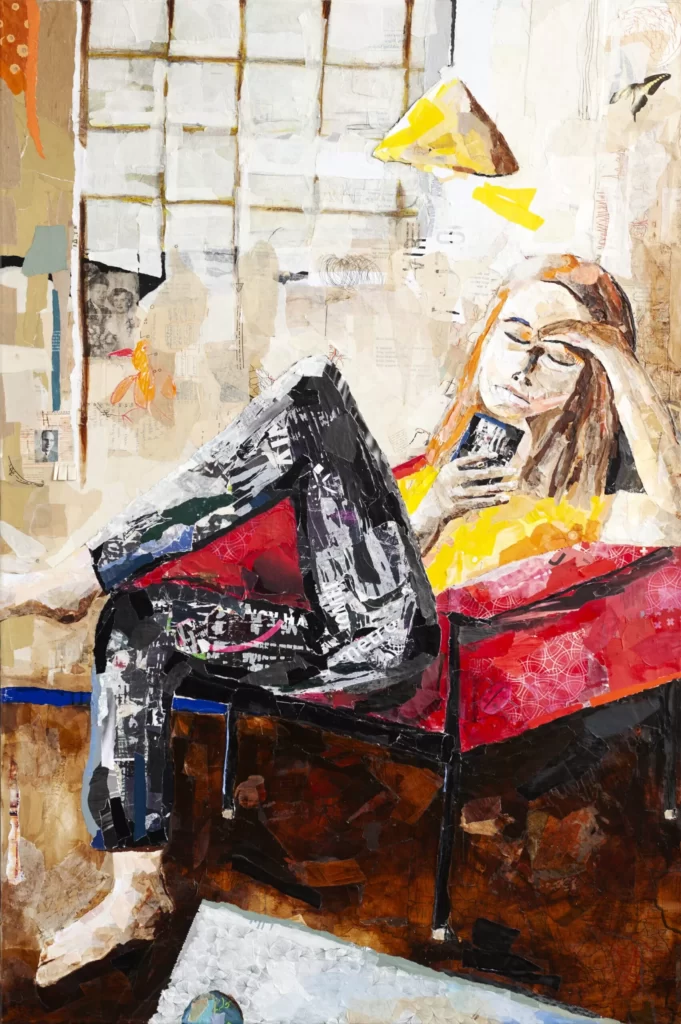
No. 4 Avoid removing old work online
You might be familiar with the urge to delete your old art from the internet, especially when you’re exploring new styles or mediums. However, before you hit that delete button, consider this: showcasing your journey, including the evolution of your work, is crucial. Transparency matters. Your older pieces don’t need to take center stage on your website, but they should be accessible. People love witnessing the growth of artists, especially during the daunting early stages when creating art felt like an impossible feat.
Leaving your old work online not only sets a positive example for fellow artists but also works in your favor. Think about it – your older pieces have been circulating online longer than your recent ones. They’ve been pinned on Pinterest, liked on social media, and have climbed the rankings. Deleting old work is like hitting the reset button. Literally. Surprisingly, some of our earliest creations continue to be our bestsellers. Don’t discard them just because they’re no longer your personal favorites. The more work you have online, the better.
Concerned about maintaining a cohesive style? The reality is, your style is ever-evolving. You’ll always be refining your work. If you come across an artist who appears to have had a consistent style, take a peek at their older pieces – chances are, they’ve evolved. If you want to experiment with a new medium or style, go for it. Just be open about it, saying, “I’m trying something new.” There’s no shame in that.
Remember, your work likely possesses more cohesion than you realize. Regardless of the various styles you explore, there’s an unmistakable ‘you’ element in everything you create. Keep in mind that others can probably recognize your touch in your work better than you can. So, embrace the diversity in your journey and let your audience witness the beautiful spectrum of your creativity.

No. 5 Avoid letting others define you or your success
Your perspective is unique, and your style is distinctly yours.
While the desire for universal admiration is understandable, the truth is not everyone will appreciate your work. Negative feedback and rejection are inherent in the artistic journey. Surprisingly, this can be a positive sign; it indicates that you’re exploring something interesting and different.
Now, ask yourself: Would you continue creating your art if no one would ever see it? If you couldn’t showcase it to anyone? If the answer is yes, that’s what matters most. Confidence in your work, combined with an ongoing commitment to self-improvement, is the key. Staying true to your artistic voice will ultimately lead you to success and fulfillment in your career.
In the pursuit of becoming not just an artist but a successful one, don’t leave your journey to chance. Relying solely on luck might lead to a prolonged wait. Instead, embrace the essence of hard work, for it is in the dedication and effort that rewards are more likely to find you.
Worry less about the timing and more about aligning the pieces of your artistic puzzle. When the elements fall into place, you position yourself for the success you aspire to achieve.
So, if you’re committed to being an artist – a thriving one – approach your craft with sincerity and thoughtful consideration. Recognize that art, in all its forms, is a fundamental thread of our shared humanity.
Remember: the diligence you invest, the challenges you overcome, and the authenticity you preserve are the strokes that shape not only your art but the narrative of your success. Keep creating, keep evolving, and enjoy every step on this fulfilling path of being an artist.








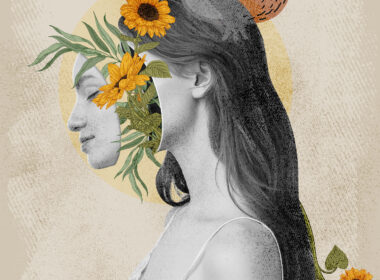
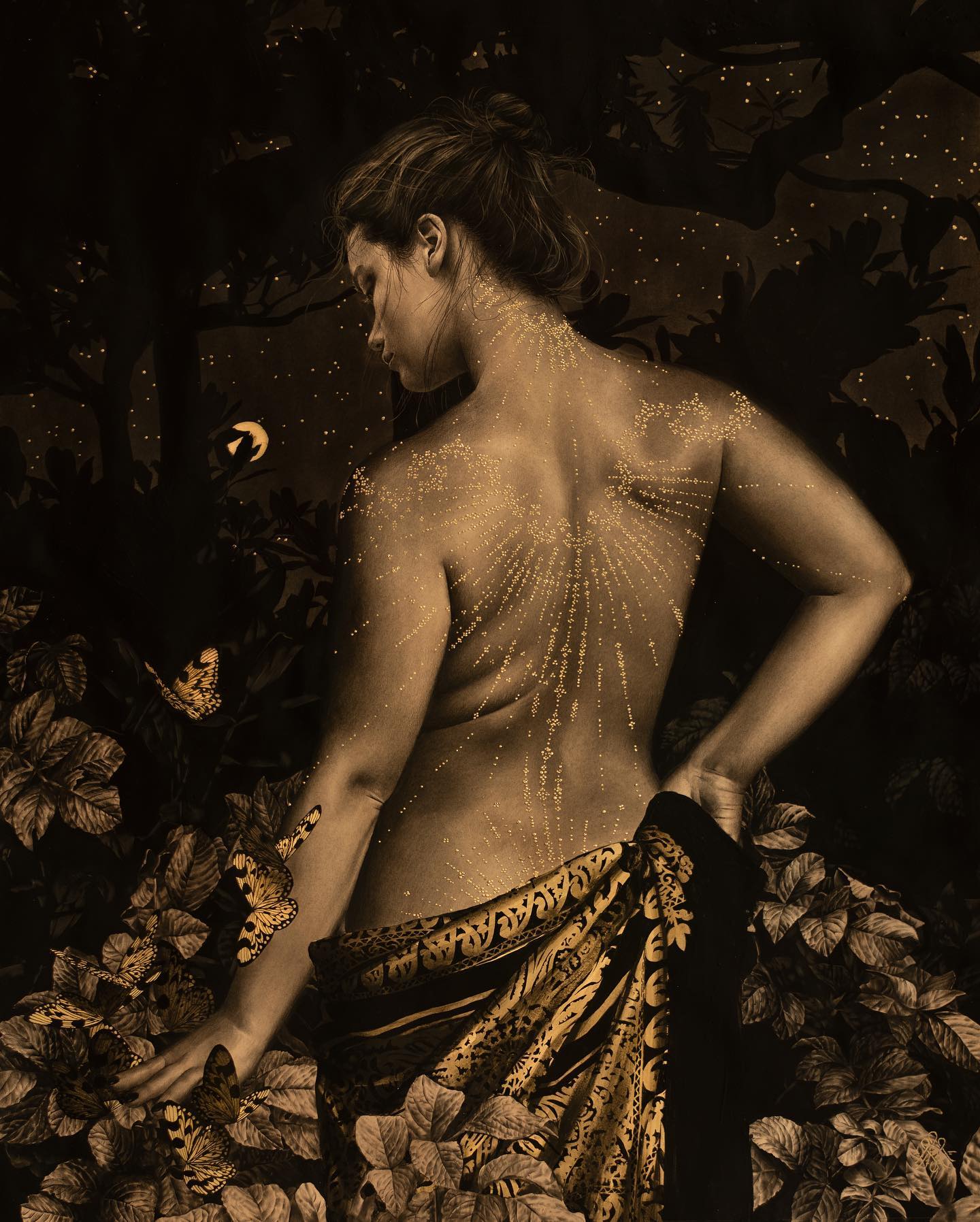

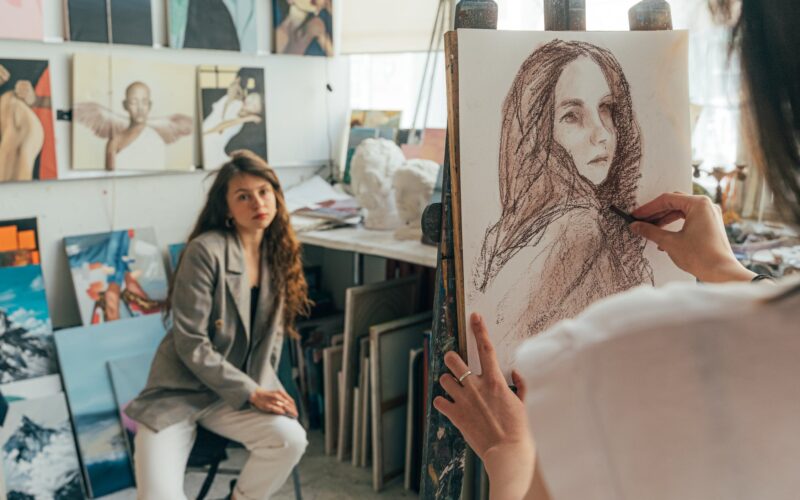

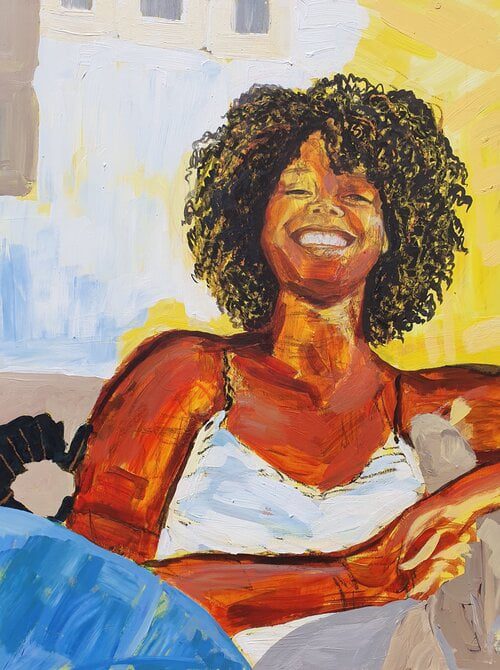
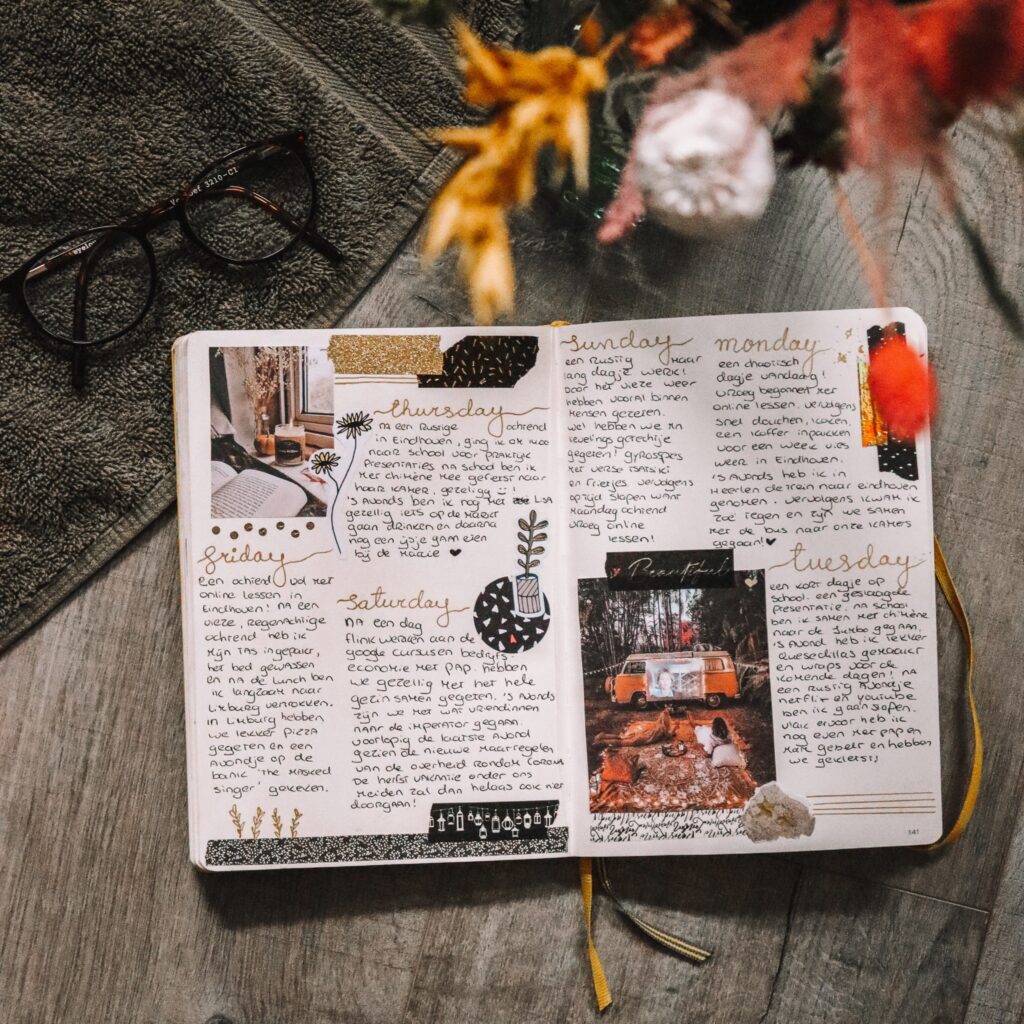
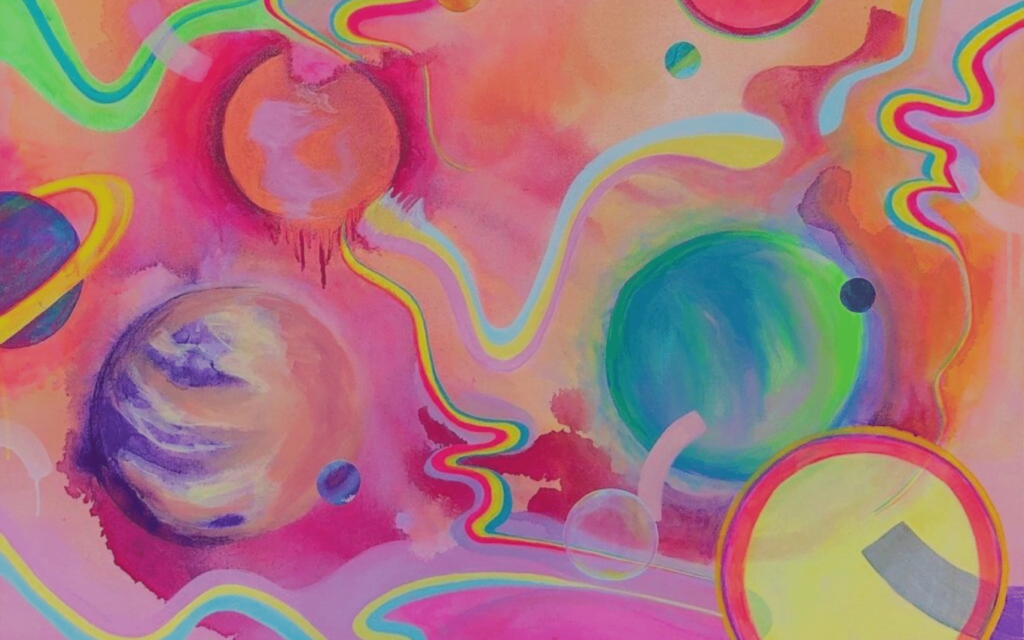

Comments 12